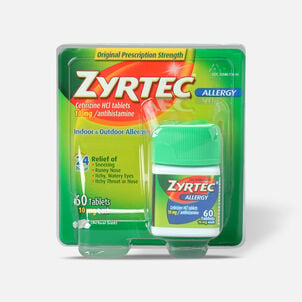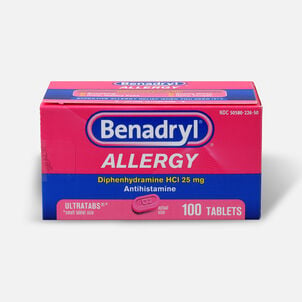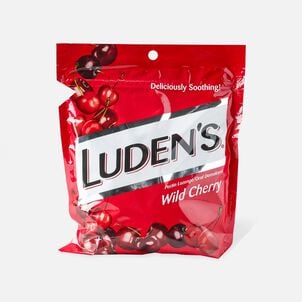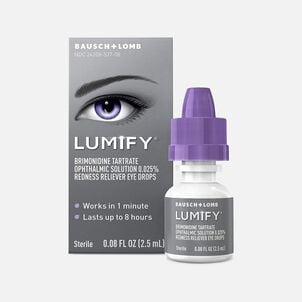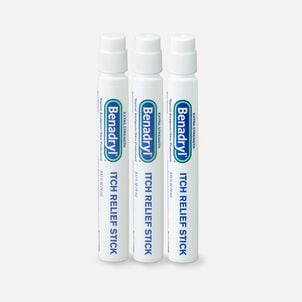How to treat poison ivy and oak

If you're active in the outdoors, or even just like hanging out in the backyard, you've probably comes across some poisonous plants or shrubs. And you also know that the itching, burning and all-around discomfort that comes from the reaction is something you can do without! While these plants are harmless to some, if you're allergic to poison ivy, sumac or oak, you should know how to treat the itch before it gets unbearable.
Poison ivy is found in throughout the U.S. and is known for its three pointed leaves that grow in shrubs or vines. On some plants, poison ivy leaves may be shiny, while others may have notched edges, but it follows the same life cycle of red leaves in the spring, green during the summer and yellow/orange/red leaves in the fall months. It's found in open fields, heavily wooded areas and along riverbanks, and is so resilient it can even grow in parks and backyards.
Poison oak has the same three-leaf pattern as poison ivy, but also has a curved shape that resembles the leaves of the oak tree. Poison oak can grow all over the U.S., as low shrubs in the eastern U.S. and as vines along the Pacific coast. The top sides of the leaves usually have a glossy quality, and the undersides of the leaves have an almost velvety appearance with stems covered in thorns or tiny hairs. It also has yellow-green flowers in the spring, and light green berries from summer into the fall.
Chances are you've seen them. Or worse, rolled around in a pile of them without knowing it. And if so, you probably want to know how to treat it, so you never experience the same feeling again.
Treating poison ivy
Let's get a little technical for a minute. Poison ivy and oak each contain the same oily substance, urushiol, that causes painful rashes known for their redness, itching and swelling. Over time, these rashes can turn into blisters that can be spread further if the oil is allowed to remain on the skin, and even transferred to other parts of the body through the fingers.
While there are no treatments for poison ivy and oak that will clear up the rash directly, in most cases the rashes will clear on their own in a few weeks. But who wants to wait that long? Controlling the symptoms and spread of the rash is key, so doctors suggest first washing the affected area with soap and warm water as soon as possible (ideally within 30 minutes of contact), as well as any clothing or tools that may have been exposed to the plant.
(Of course, we're not doctors, so if you think you have a rash coming, check with a doctor about the right treatment for you.)
We've had success with FSA-eligible first aid treatments like calamine lotion can help to control the itching and burning, while topical steroids like hydrocortisone creams and antihistamines can reduce inflammation and recurring symptoms.
Don't like creams and lotions? Cold therapy with ice and cold packs can also be helpful in reducing swelling and discomfort, but be sure to wrap these in a disposable towel or wash them immediately after use to avoid spreading the rash any further.
-
Thank you for visiting the FSA Store Learning Center. Don’t forget to follow us for more helpful tips on Facebook, Instagram, and Twitter.
 |
| 

